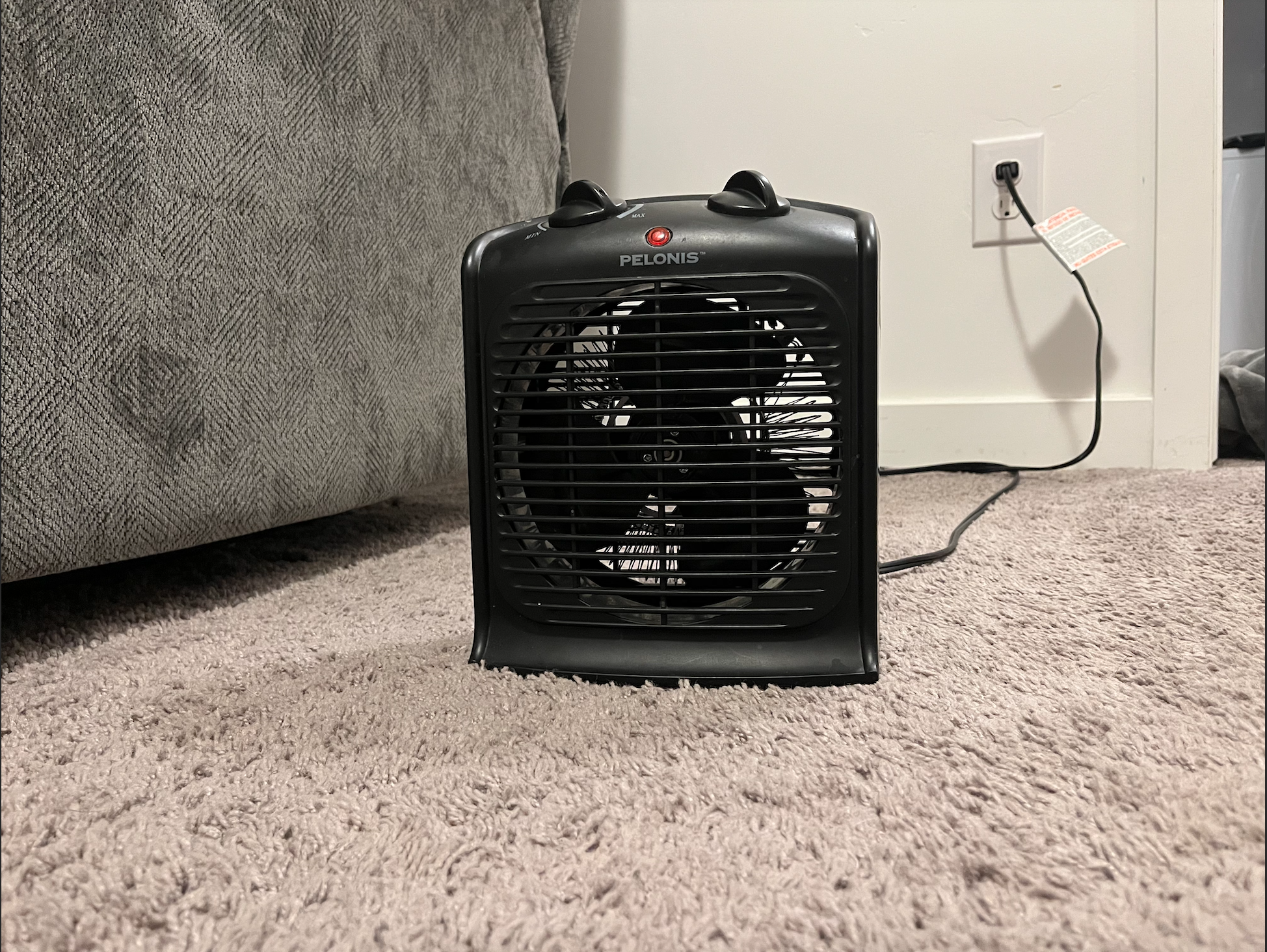Can You Plug a Space Heater Into a Power Strip?
When temperatures drop, space heaters become a popular solution for keeping warm. However, safety should always come first, and one critical rule is clear: Never plug a space heater into a power strip. Doing so can significantly increase the risk of fire hazards, endangering both your home and loved ones.
Why Plugging a Space Heater Into a Power Strip Is Dangerous
Understanding the risks associated with this common mistake can help you stay safe during the colder months. Space heaters require a significant amount of electrical power to operate, and power strips are simply not designed to handle this load. Here’s why plugging a space heater into a power strip is so dangerous:
1. Space Heaters Demand High Electrical Power
Space heaters typically consume 1,500 watts of power or more, making them one of the most energy-intensive appliances in your home.
- Power Strip Limitations: Most power strips are designed to handle around 1,800 watts total for all devices combined. Plugging a single space heater into a strip leaves little room for additional devices and risks overloading the strip entirely.
- Continuous Power Draw: Unlike other electronics that cycle power or operate intermittently, space heaters run continuously at high output, which exacerbates the stress on a power strip.
2. Risks of Overloading and Overheating
- Electrical Overload: Power strips lack the heavy-duty wiring necessary to handle high-wattage devices like space heaters. Overloading the strip can lead to overheating and electrical arcing.
- Heat Build-Up: When overloaded, power strips heat up quickly. Prolonged exposure to this heat can melt the plastic casing and insulation, leading to electrical short circuits or fires.
3. Increased Fire Hazards
- Fire Statistics: The National Fire Protection Association reports heating equipment as a leading cause of home fires. Space heaters are a major contributor, and improper usage like plugging them into a power strip compounds this risk.
- Collateral Damage: Overloaded power strips can also harm other electronics by creating power surges, leading to costly repairs.
4. Lack of Built-In Safeguards in Power Strips
- No High-Load Tolerance: Power strips are designed for small electronics like laptops and lamps, not appliances that draw significant power.
- Minimal Fire Prevention Features: Even surge-protected strips cannot prevent overheating or fire hazards from devices like space heaters.
Safe Ways to Use a Space Heater
To ensure you’re using your space heater safely, consider these alternatives to enjoy the warmth without worry.
1. Plug Directly Into a Wall Outlet
- Dedicated Circuit: For optimal safety, use a wall outlet on a dedicated circuit to avoid overloading your home’s electrical system.
- Avoid Extension Cords: Extension cords, like power strips, are not designed for high-wattage appliances. If necessary, use a heavy-duty cord rated for space heaters.
2. Choose a Space Heater With Built-In Safety Features
- Tip-Over Protection: Choose a space heater that includes safety features like tip-over protection, which automatically shuts off the heater if it’s knocked over.
- Overheat Protection: Many modern space heaters come with overheat protection, which automatically turns off the heater if it starts to get too hot, reducing the risk of a fire.
3. Follow Manufacturer Guidelines
- Read the Manual: Always follow the manufacturer’s guidelines for safe use of your space heater. This includes instructions on proper placement, ventilation, and maintenance to ensure the unit operates safely.
- Regular Inspection: Check your space heater regularly for signs of wear or damage, such as frayed cords or a malfunctioning thermostat. If you notice any issues, stop using the heater immediately and replace it if necessary.
The Science Behind Why Power Strips Fail With Space Heaters
For the curious, here’s a closer look at what happens when you plug a high-wattage device into an underpowered power strip.
- Voltage Drop: The excessive load creates a drop in voltage that can lead to inefficient operation and increased heat in the strip’s wiring.
- Thermal Runaway: Overheating accelerates the degradation of insulation, compounding heat generation until failure occurs.
- Fire Ignition: The melted materials can ignite or lead to electrical arcing, which generates sparks capable of starting a fire.
Common Misconceptions About Space Heater Usage
“My power strip has surge protection, so it’s safe.”
- Surge protectors are not designed to handle prolonged high-power demands. Their purpose is to prevent voltage spikes, not to withstand continuous high loads.
“I’ll unplug other devices from the power strip to use my space heater.”
- The problem isn’t just the wattage but the lack of heavy-duty wiring inside the strip itself. Even with no other devices connected, the space heater can still overwhelm it.
“It’s fine as long as I only use the heater for a short time.”
- Heat buildup occurs quickly in power strips under strain, meaning even short-term use can pose significant risks.
Warmth Without Compromise
Space heaters can provide comfort during winter, but only when used responsibly. Never plug a space heater into a power strip, as the risk of overloading and fire is too high. By plugging directly into a wall outlet, selecting heaters with safety features, and adhering to manufacturer guidelines, you can enjoy a cozy, worry-free winter.
Stay warm. Stay safe. And remember—proper usage is the key to preventing fire damage this heating season.



